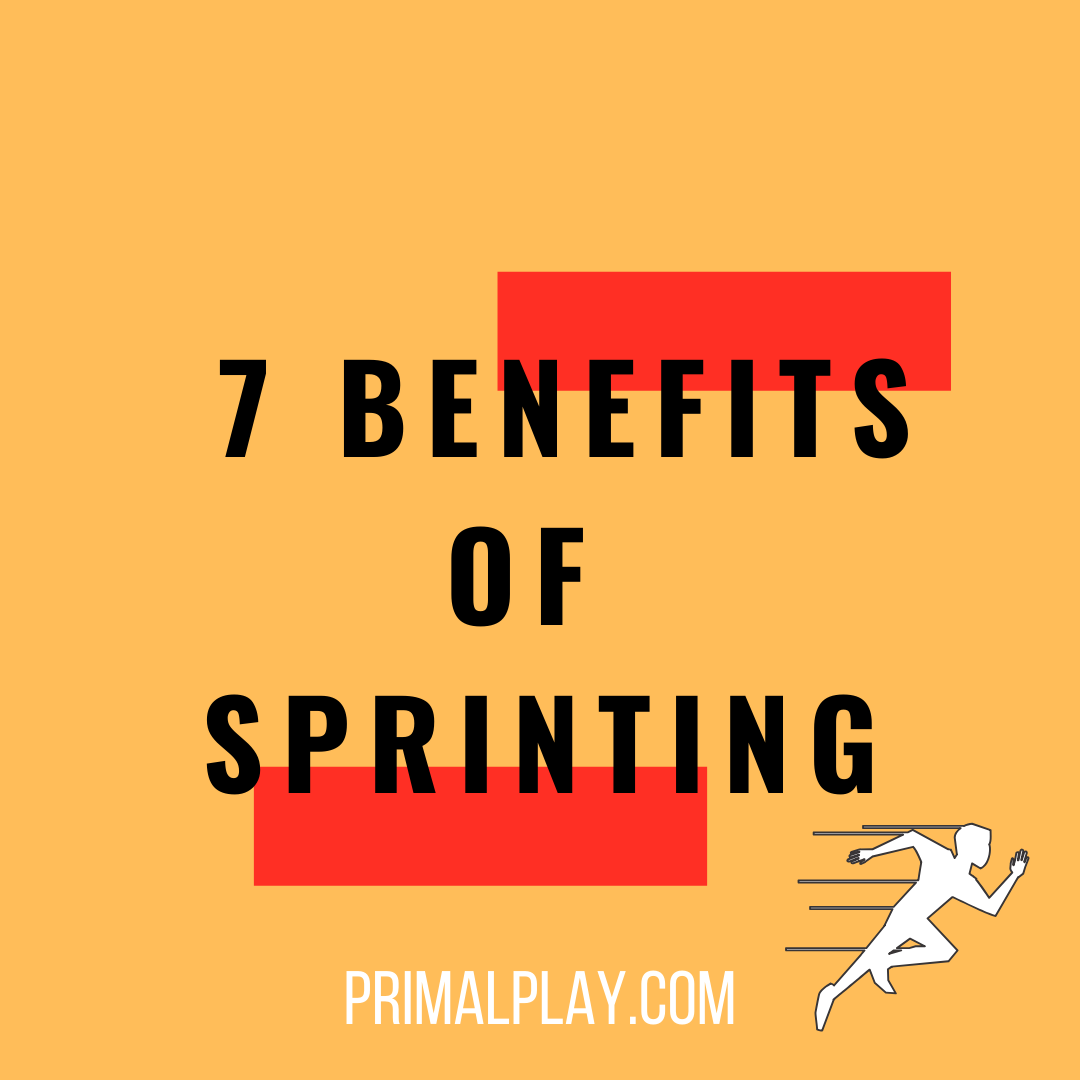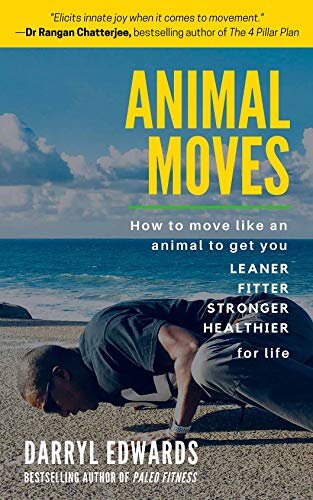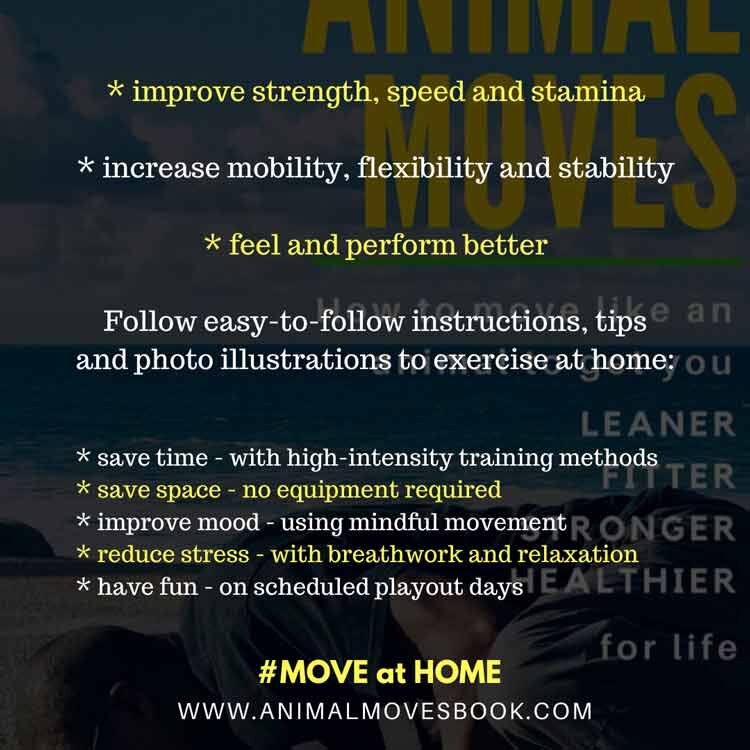The Top 7 Benefits of Sprinting
The Top 7 Benefits of Sprinting!
7 Benefits of Sprinting
“The first athletic event ever held in the ancient Olympic Games in Olympia, Greece, was the 200-yard sprint (around 193 metres), which went from one end of the track to the other.
This sprint was based on the distance the hero Hercules could, according to legend, run on a single breath.”
Are Sprints Good For You?
When I first got into fitness I used to think the longer the distance attempted the fitter I was. It had to be a 6 mile/10km run at a minimum to qualify! However, fitness is far more than the distance you can run and being functionally fit is considerably more beneficial.
I certainly prefer sprinting as a pastime now and my main endurance cardio is a purposeful brisk walk.
Humanity has been sprinting since we evolved to stand upright. It's made possible by an unusual quirk of our anatomy—a feature that our tree-dwelling closest living relatives don't have.
At some point during our evolutionary history (perhaps as we moved out onto the savannas of Africa), it became necessary for us to cover the vast distances between sources of food quickly, and we went from walking to running to sprinting.
Running at maximal pace (sprinting) confers a variety of physiological and health-related benefits. Many of us move from our beds to our cars to our desks, without ever needing to propel ourselves forward quickly.
My TED talk on “Why Working Out Isn’t Working Out” discusses some of the issues based on a sedentary lifestyle and what we can do about it.
If you can sprint, you most likely should consider doing so.
Here are seven health benefits of adding sprinting to your movement routine and how to do so.
#1 IMPROVES YOUR BODY COMPOSITION
Your body composition is your ratio of fat-to-muscle. Most westerners have weak body composition, with high levels of fat and low muscle mass. As a society, we eat too many energy-dense, nutrient-poor foods that promote the deposition of fat in our bodies. Many of us certainly don't do enough regular movement to build and maintain lean body mass.
Sprinting, however, not only helps to burn fat but also encourages muscles to grow. The reasons for this are not as straightforward as you might think.
Researchers are aware that it's not just the total calorie burn that matters for body composition, but the type of diet and exercise people do.
Research in Exercise and Sports Science Review suggests that sprinting shocks the body into becoming fitter at the cellular level. The researchers found that gene expression matters most for improving body composition.
Sprinting sends a signal to cells all over the body to toughen up and adapt to the new physical activity requirements, improving oxidative capacity and metabolic control during subsequent exercise, leaving you leaner.
Do you think endurance athletes have less body fat as a percentage of overall mass than sprinters? Interestingly there is research comparing the body composition of sprint and endurance athletes demonstrated that sprinters tend to have lower body fat percentages even though endurance athletes may look leaner.
#2 STAVES OFF AGEING
Since it helps build muscles, sprinting can help you stave off the muscle-wasting effects of ageing. Humans have several different types of muscles in their bodies, including so-called "fast-" and "slow-twitch" fibres. Fast-twitch muscle (type IIa and type IIb fibres that help you move powerfully) fatigue far more quickly than slow-twitch muscle (type I fibres used for posture and endurance).
Sprinting, as you might expect, trains fast-twitch fibres while movement patterns like standing, walking, and jogging activates slower-acting muscle cells.
Sprinting is an excellent exercise for those who want to build speed and power. The more you train the fast-twitch muscle fibres in your legs, the faster you'll be able to run and the higher you'll jump.
The skeleton also gets stronger too. Sprinting is classified as a weight-bearing exercise, and thus the bones can get stronger from sprinting. Getting your sprints in can help ward off osteoporosis and protect your balance and coordination.
You may feel you are too old to sprint and that it is an activity just for the young? Well, if in any doubt be inspired by Irene Obera still sprinting and breaking records well into her 80s.
It isn’t just about the body though, sprinting helps with ‘quickness’ and reaction time: evidence suggests improvements in reaction time reduces the risks of cognitive decline and conditions such as Alzheimer’s and dementia as we age.
#3 IMPROVES CARDIOVASCULAR HEALTH
HIIT or "high-intensity interval training" is something of a buzzword in the fitness industry right now. Practically every blog or fitness site recommends that people engage in this type of workout, and for a good reason—it's time-efficient and highly effective. HIIT is something I utilise as part of the programme in the Animal Moves book too!
Sprinting is the quintessential HIIT training tool. It's high-intensity, and you can do it in intervals, sprinting for a short period then resting between sprints.
Research in the Journal of Sports Science Medicine suggests that HIIT training has many advantages for cardiovascular fitness over traditional "steady state" training (such as jogging for five miles). Researchers found that, compared to controls, students who engaged in HIIT training saw significant improvements in their VO2 max (a measure of oxygen use) and peak power output, two important markers for cardiovascular fitness.
Unfortunately, HIIT training was much less enjoyable for the majority of people enrolled in the study than the less extreme exercise. It is much harder work for sure, but turning this activity into a game such as a game of chase or a version of tag would undoubtedly enhance the enjoyment factor.
Sprinting even has it's own category of HIIT called SIT (sprint interval training) which has similar health and performance benefits including attaining a lower resting heart rate.
It's no secret that sprinting like other forms of exercise is great for your heart. Regular sprints lower your risk of heart disease, improve your blood cholesterol levels, and help control and prevent high blood pressure.
RELATED: Play Your Way To Better Health#4 REDUCES STRESS
Like other forms of exercise, sprint training can combat stress. It releases feel-good endorphins into the brain, helping sprinters cope with the rigours of training and come out on the other side feeling good, ready to do it all over again.
Sprinting calms your body and your brain. In the short term the physical stress of the sprint helps you to focus on the task at hand. After your body works hard through sprinting, the levels of stress hormones, like adrenaline and cortisol, drop. Stress and anxiety fade away.
Endorphins tend to be highest at the end of an exercise session, giving the sprinter a sensation of confidence and relief. The sprinter’s high!
#5 IMPROVES YOUR METABOLISM, EVEN AFTER THE SPRINT IS OVER
Sprinting burns more calories per unit of time than jogging, but the average person can only sustain a sprint for 30 seconds at most. After that, the body depletes its anaerobic stores and must rely on aerobic sources of energy, which can't sustain the same high levels of effort.
In the past, the thinking was that sprinting couldn't burn as many calories as long-duration physical activity. But, researchers have found that sprinting increases the rate of energy burn long after a person finishes exercising. Sprinting isn't just about the calories your body burns during exercise, but also those that it uses to recover afterwards. One measure for this phenomenon is EPOC (excess post-exercise oxygen consumption) otherwise known as the after-burn effect or oxygen debt.
Heavy resistance training and HIIT workouts appear to be superior to steady-state running or lower-intensity training in creating EPOC.
From an evolutionary point of view, it wasn't an advantage to dedicate vast energy resources to building muscle: it was much better to keep muscles as small as possible to lower energy requirements. The process of modifying muscle fibres into fast-twitch is energy-intensive, meaning that the body resists building them if it thinks it can get away with it. Sprinting overcomes this natural reluctance, however, and forces the body to make these energy-consuming adaptations after you finish exercising, dramatically increasing your overall burn.
RELATED: How To Break A Sedentary Lifestyle#6 SPRINTS IMPROVE GLUCOSE CONTROL
Many westerners have poor glucose control (and don't know it). Our cells have become less sensitive to insulin, which acts like a key that unlocks the cell's door, allowing glucose to enter. Reduced insulin sensitivity or, more seriously, the development of insulin resistance (which can develop into type 2 diabetes), means insulin can't shuttle sugar into cells, leading to a dangerous buildup of glucose in the blood.
Researchers published in BMC Endocrine Disorders found that sprinting could improve metabolic risk factors, such as high blood sugar levels, as well as improve cholesterol levels, reduces blood pressure, cuts abdominal fat, and improves sugar metabolism.
Researchers believe sprinting might improve glucose control through pathways similar to how it improves cardiovascular health. A burst of intense exercise such as sprinting, signals to cells that they need to get their act together and make it more likely you'll survive in a demanding environment.
Sprinting tells your cells that life is fierce, and you need them to do better!
#7 YOU CAN DO IT ANYWHERE
The great thing about sprinting is that it can be done anywhere. You don't need special equipment or training gear. You don't need a gym membership; you can sprint at home. Even with limited space, you can sprint on the spot or even seated in your chair using your arms.
It's even better when you get outside to exercise; you can sprint in your back garden or down the street. Head to your local park and sprint there too. You can watch a video of me sprinting outside here!
if you are in the gym and want to replicate the intensity of the sprint on a treadmill - try Treadmill Drivers - otherwise known as the Deadmill. Very playful and very powerful!
My personal favourite is sprinting when rushing for the bus! What about you?
To help you improve your sprint technique and for an example sprint programme check out this post.
RELATED: Sprint Technique and VideoSPRINTing with ANIMAL MOVES
““Sprinting tells your cells that life is fierce, and you need them to do better!””
RELATED POSTS:
References:
Kravitz L. “Research Sheds New Light on the Exercise ‘Afterburn.’” IDEA Fitness Journal.2015;12(4):16-18.
Gibala MJ, McGee SL. “Metabolic Adaptations to Short-Term High-Intensity Interval Training: A Little Pain for a Lot of Gain?” Exerc Sport Sci Rev.2008 Apr;36(2):58-63. doi: 10.1097/JES.0b013e318168ec1f
Foster C, Farland CV, Guidotti F, Harbin M, Roberts B, et al. “The Effects of High Intensity Interval Training vs Steady State Training on Aerobic and Anaerobic Capacity”. J Sports Sci Med.2015 Nov 24;14(4):747-55.
Babraj JA, Vollaard NBJ, Keast C, Guppy FM, Cottrell G, Timmons JA. “Extremely Short Duration High Intensity Interval Training Substantially Improves Insulin Action in Young Healthy Males.” BMC Endocrine Disorders. 2009 Jan;9:3.
Ancient Greek Olympics - the first Olympic Games in Greece [Internet]. International Olympic Committee. 2019 [cited 2019 Dec 2]. Available from: https://www.olympic.org/ancient-olympic-games/running
Vucetic, Vlatko & Matkovic, Branka & Sentija, Davor. (2008). Morphological differences of elite Croatian track-and-field athletes. Collegium antropologicum. 32. 863-8.
LaForgia, J., Withers, R. and Gore, C. (2006). Effects of exercise intensity and duration on the excess post-exercise oxygen consumption. Journal of Sport Sciences, 24, 12, 1247-1264.













